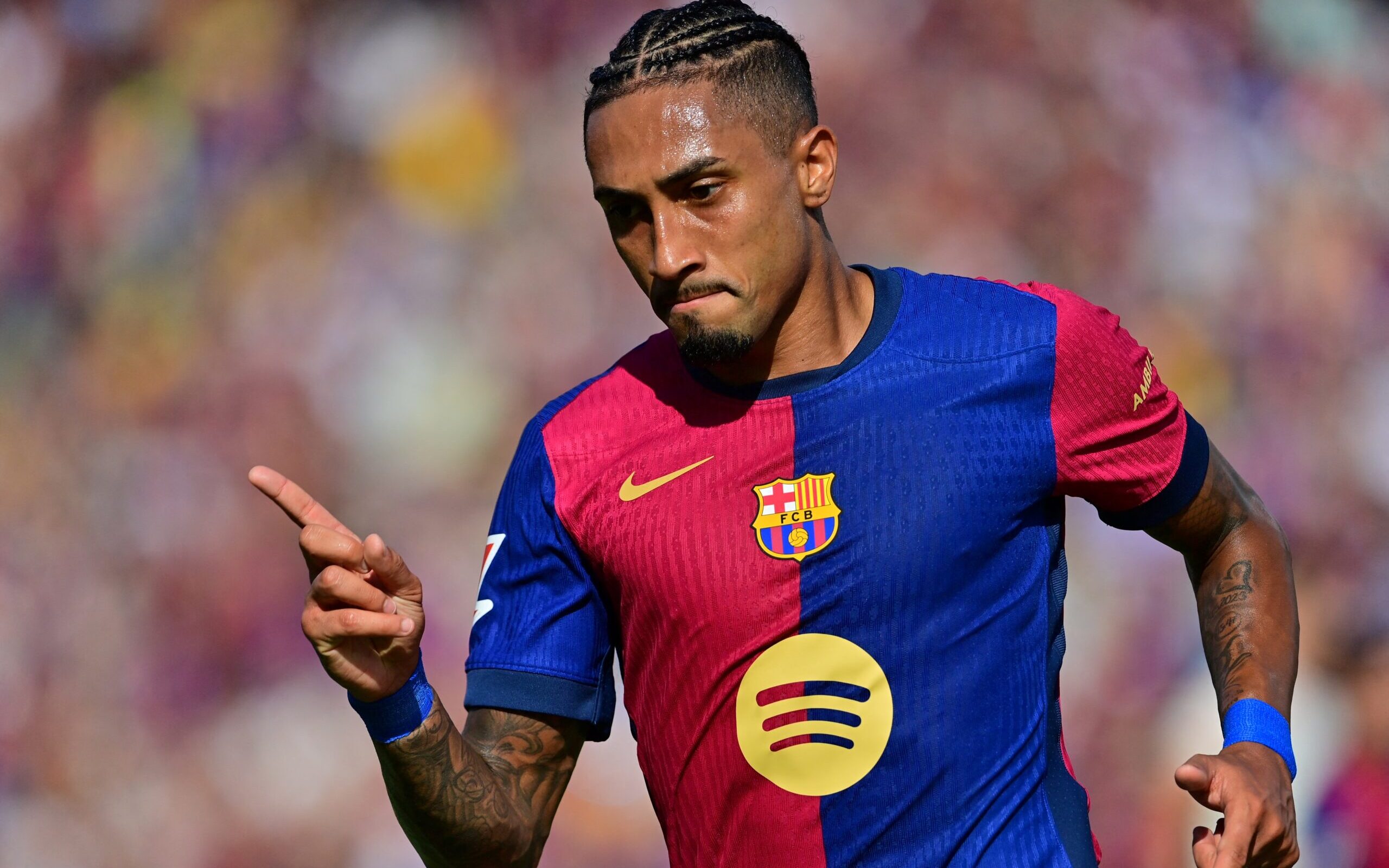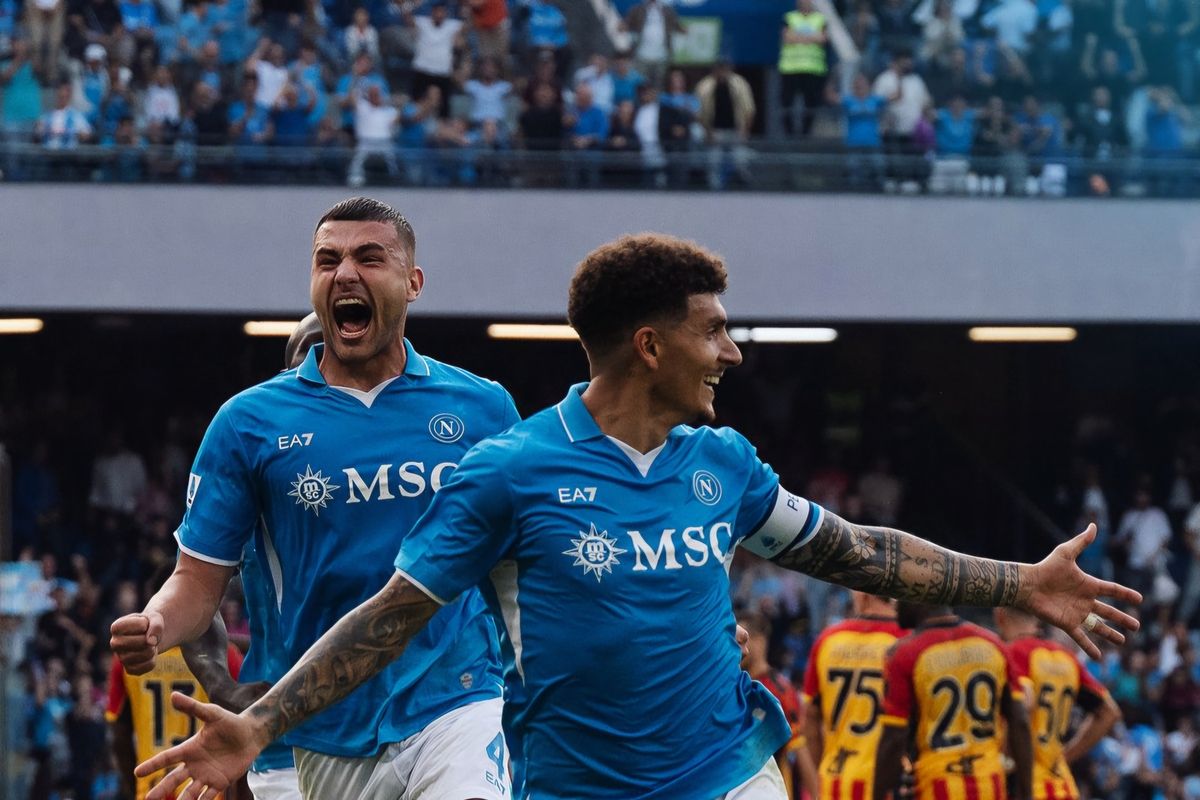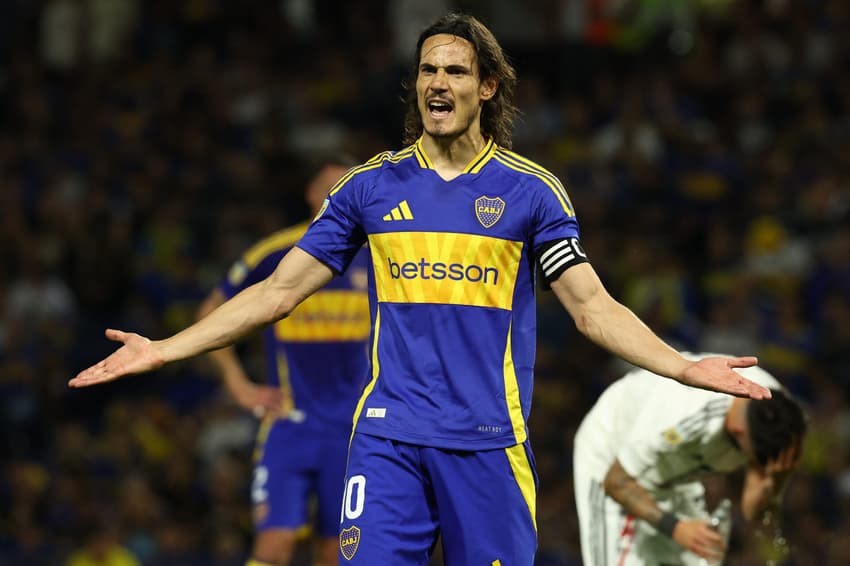Some clubs wear their city’s identity on their sleeves, quite literally. The design, colour, and details of a football kit often speak volumes about where a club comes from and what it represents. It’s not just about the badge—it’s about the story, the people, and the place. From industrial heartlands to seaside towns, the kits tell tales of pride, resilience, and local heritage. Let’s delve into how some of football’s most beloved kits are deeply rooted in the identity of their cities, creating an unbreakable bond between the team, the fans, and the place they call home.
Liverpool FC: The Red of Resilience

Liverpool’s all-red kit is iconic, but its story begins with a different identity. Before 1964, Liverpool wore red shirts with white shorts, a design that looked sharp but lacked the visual dominance they craved. Then came Bill Shankly, a manager with vision both on and off the pitch. He decided to switch to an all-red strip, believing it symbolised power and intimidation.
But Liverpool’s red isn’t just about Shankly’s tactical mind games—it reflects the city itself. Known for its working-class roots and resilience, Liverpool is a place of grit, community, and defiance. The red kit mirrors the city’s strength and passion, creating a visual identity that’s as unyielding as the people it represents.
Barcelona: Mes Que Un Club

Barcelona’s iconic blue and garnet stripes aren’t just visually striking—they’re a statement. Known as “blaugrana,” the colours have come to represent Catalan pride and identity. The club’s motto, “Mes que un club” (More than a club), reflects its deep ties to Catalonia’s cultural and political history.
In the Franco era, when Catalan culture and language were suppressed, FC Barcelona became a symbol of resistance. The blaugrana kit wasn’t just a uniform; it was a banner of defiance, a way for fans to assert their identity in the face of oppression. Today, wearing the Barcelona shirt is as much about football as it is about embracing Catalonia’s unique heritage.
West Ham United: The Ironworkers’ Legacy

Few kits are as tied to their city’s industrial past as West Ham United’s claret and blue. The club’s origins are rooted in the Thames Ironworks, a shipbuilding company in East London. The workers who founded the team brought their spirit of craftsmanship and hard work to the pitch, and the club’s identity has remained intertwined with the community ever since.
The claret and blue kit symbolises East London’s grit and pride, embodying the spirit of the ironworkers who built more than just ships—they built a football club. Even today, the Hammers’ fans carry that heritage, chanting proudly about their city and their working-class roots.
Napoli: The Sky Blue of Naples

Napoli’s light blue kit is a perfect reflection of its city. Nestled by the Tyrrhenian Sea and under the shadow of Mount Vesuvius, Naples is a city of contrasts—beautiful yet gritty, chaotic yet captivating. The azure blue of Napoli’s shirt captures the essence of the city’s Mediterranean charm while paying homage to its coastal location.
When Diego Maradona arrived in the 1980s, he elevated both the team and the city’s identity, turning Napoli into a symbol of underdog resilience. The kit became synonymous with passion, flair, and the fight against adversity—qualities that define Naples itself.
Celtic FC: Hoops of Heritage

Celtic’s green-and-white hoops are among the most recognisable designs in football, and their roots are deeply tied to Glasgow’s Irish immigrant community. Founded in 1887 to alleviate poverty among Irish immigrants in Scotland, Celtic became a beacon of hope and pride for a marginalised group.
The green symbolises Ireland, while the white adds a touch of unity. The hoops represent more than just a club—they stand for a community that found strength and solidarity through football. Glasgow itself, with its rich working-class history, is reflected in Celtic’s identity, creating an unbreakable link between the team and its fans.
Boca Juniors: The Colours of La Boca

Boca Juniors’ blue and yellow kit is a product of its neighbourhood’s culture and history. Legend has it that the club chose these colours in 1907 after a Swedish ship docked in La Boca, a working-class area of Buenos Aires. The vibrant blue and yellow reflect the energy and pride of the community, making the kit a symbol of local heritage.
Boca’s identity is inseparable from La Boca’s colourful streets, lively spirit, and passionate people. Every time the players step onto the pitch in their blue and yellow, they carry the soul of their neighbourhood with them, uniting fans across the city.
Ajax: The Simplicity of Amsterdam

Ajax’s white shirt with a single red stripe down the centre is a minimalist masterpiece. But its simplicity belies the deep connection to Amsterdam’s culture. Known for its innovation, tolerance, and artistic heritage, Amsterdam is a city that values creativity and individuality—qualities reflected in Ajax’s iconic kit.
The red stripe isn’t just a design choice; it’s a statement of identity. Ajax’s commitment to developing young talent and playing beautiful football mirrors Amsterdam’s progressive spirit. The kit serves as a reminder of the city’s proud history and its forward-thinking ethos.
Marseille: The White of the Mediterranean

Olympique de Marseille’s all-white kit, with hints of light blue, captures the essence of the Mediterranean coast. Known as “l’OM,” the club represents the vibrant port city of Marseille, a melting pot of cultures and traditions.
The white kit symbolises purity and simplicity, while the blue pays homage to the sea. Marseille’s identity as a passionate, multicultural city is reflected in its football culture, with the kit acting as a canvas for its diverse spirit.
Manchester City: The Blue Moon Rising

Manchester City’s sky blue kit is synonymous with their modern dominance, but its origins are rooted in the industrial heritage of Manchester. The colour, often associated with hope and renewal, contrasts sharply with the city’s gritty industrial past, creating a unique identity that celebrates progress and ambition.
The kit has become iconic in its own right, representing not just a football team but a city undergoing transformation. For fans, the sky blue is more than a colour—it’s a symbol of pride in Manchester’s resilience and evolution.
Why Kits Matter
A football kit isn’t just fabric stitched together—it’s a symbol of identity. It carries the weight of a city’s history, culture, and people, uniting fans in a shared sense of pride. Whether it’s Liverpool’s red, West Ham’s claret and blue, or Boca’s vibrant yellow and blue, these kits go beyond the pitch to tell stories that resonate far beyond the final whistle.
So next time you see your team step out wearing their colours, take a moment to think about the story behind the kit. It’s not just a jersey—it’s a piece of where you’re from, who you are, and the community you’re a part of.
Hungry for more football insights? Visit our homepage at Pitch Essentials and dive into a world of stories, reviews, and everything football gear.Stay connected with us! Follow Pitch Essentials on Instagram, Twitter, and Facebook for more insights, stories, and updates on the gear that fuels your passion for football.













